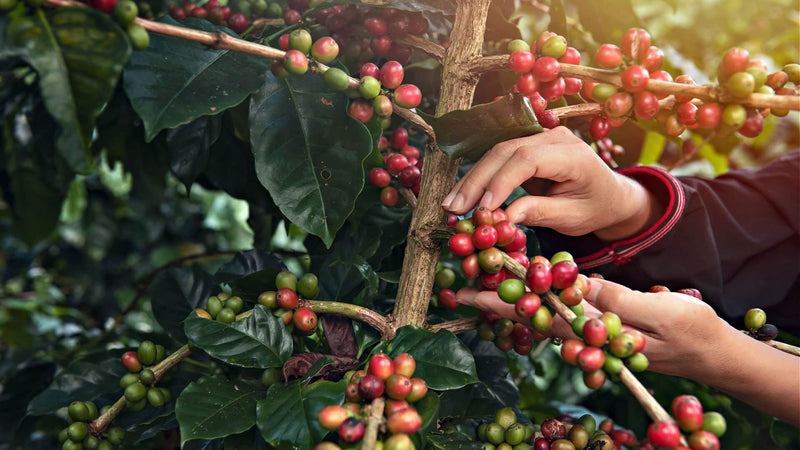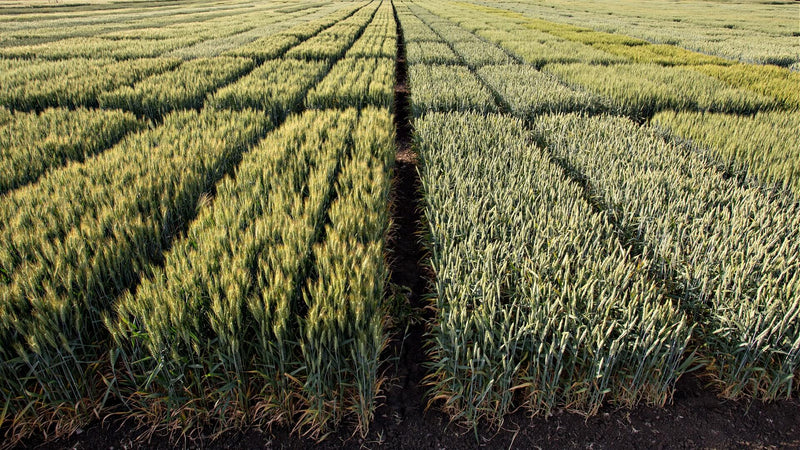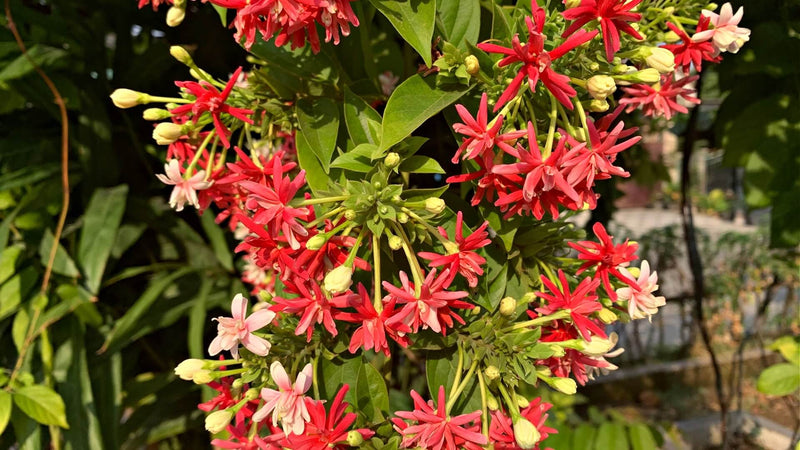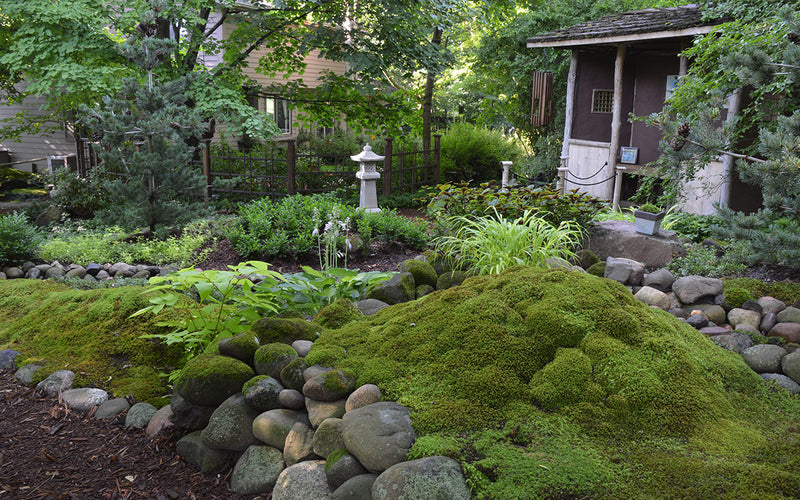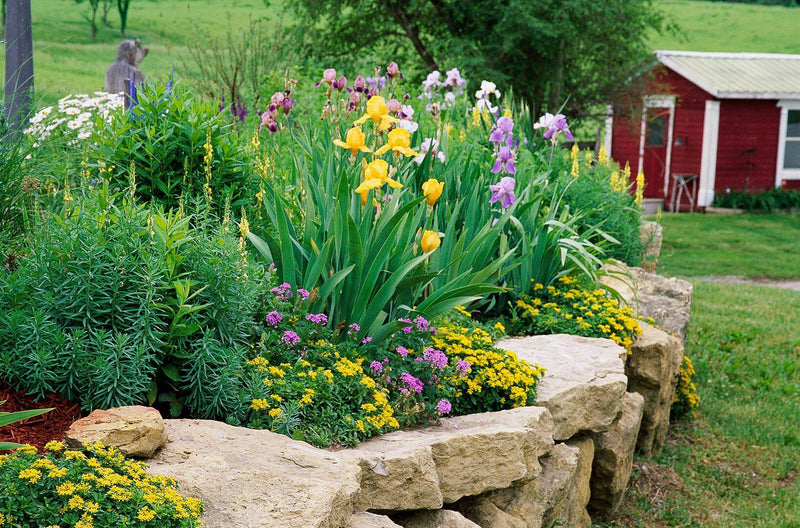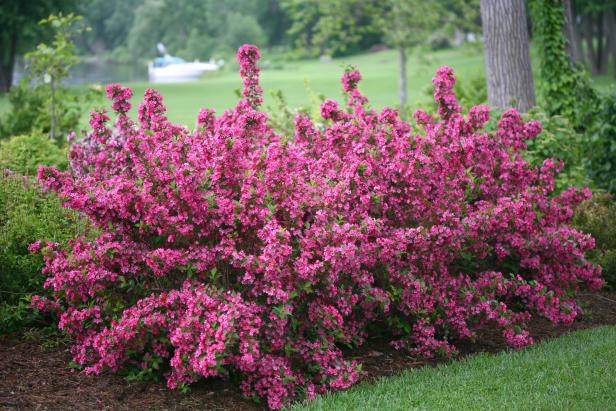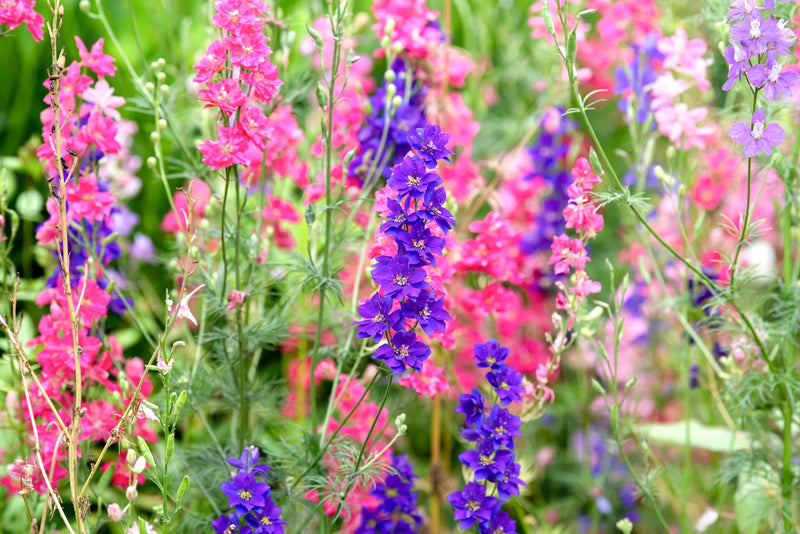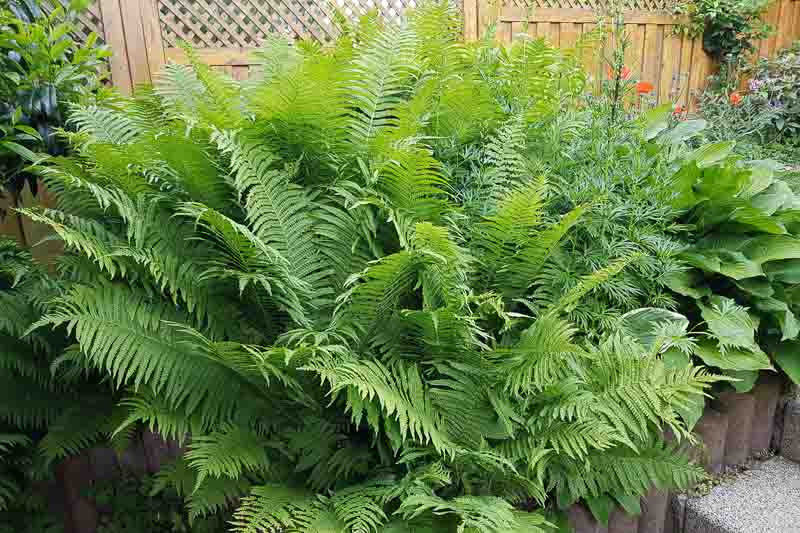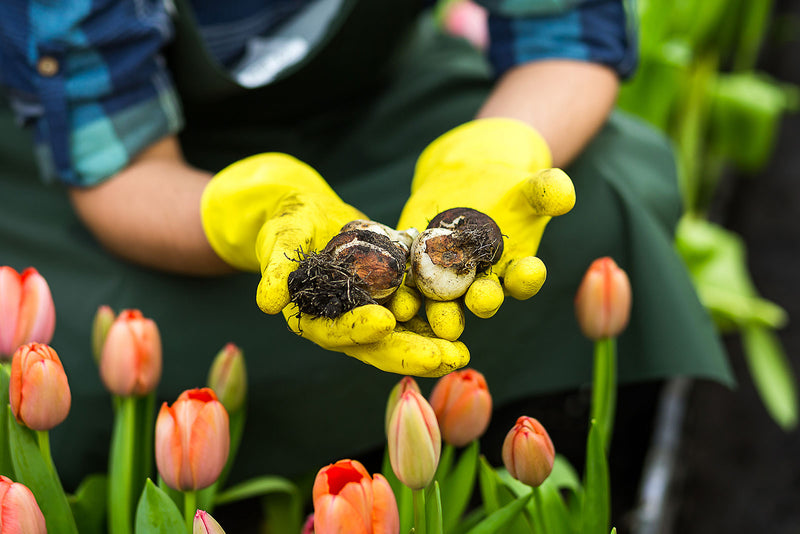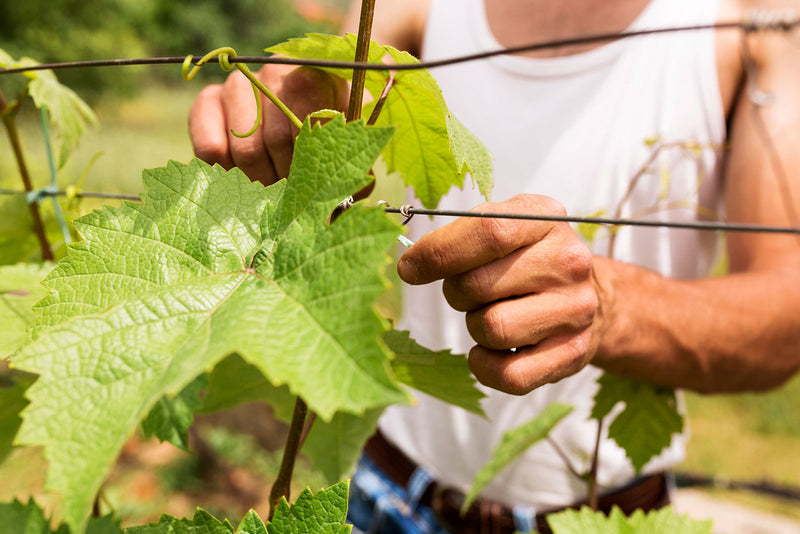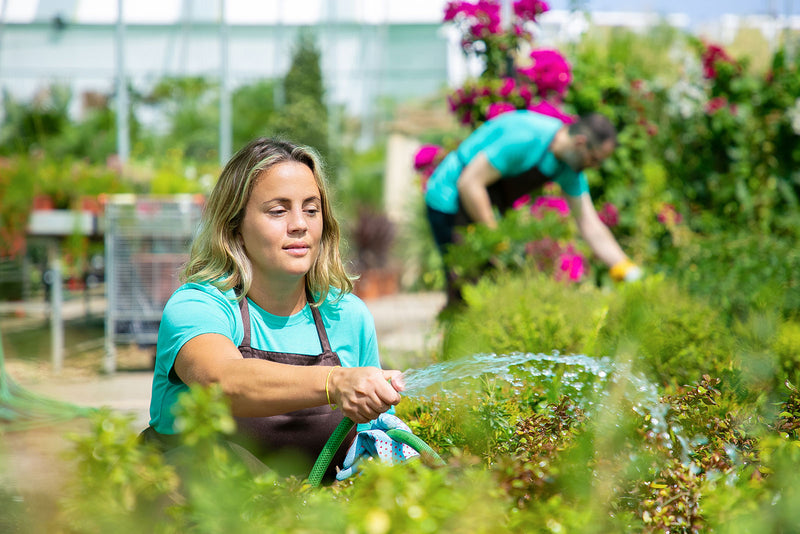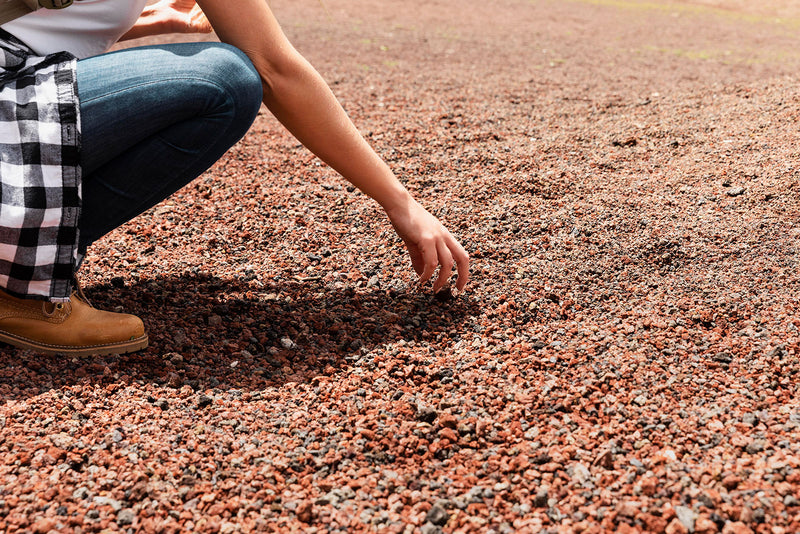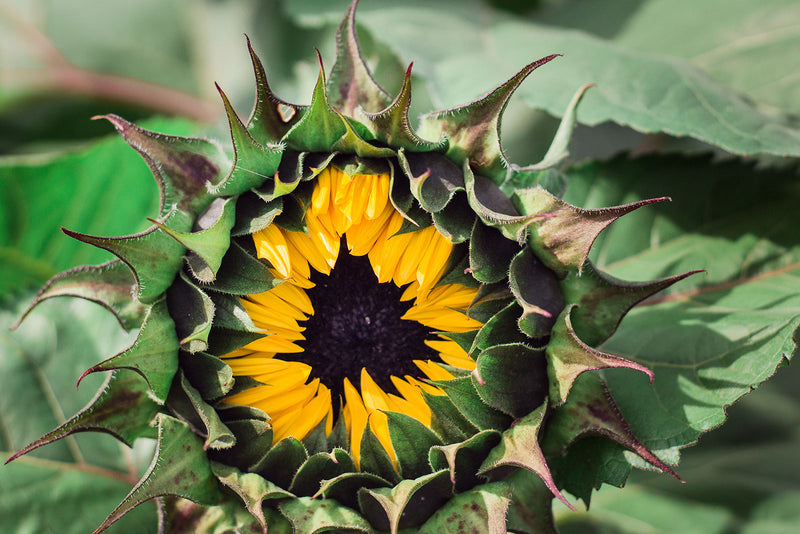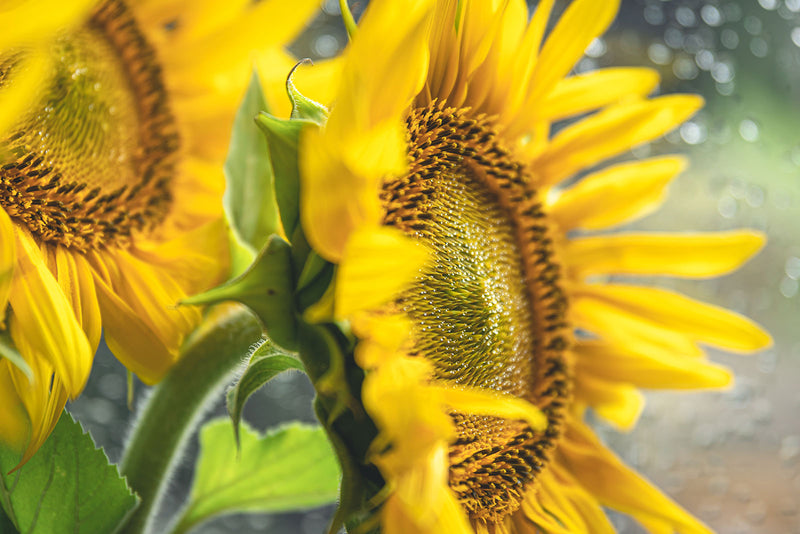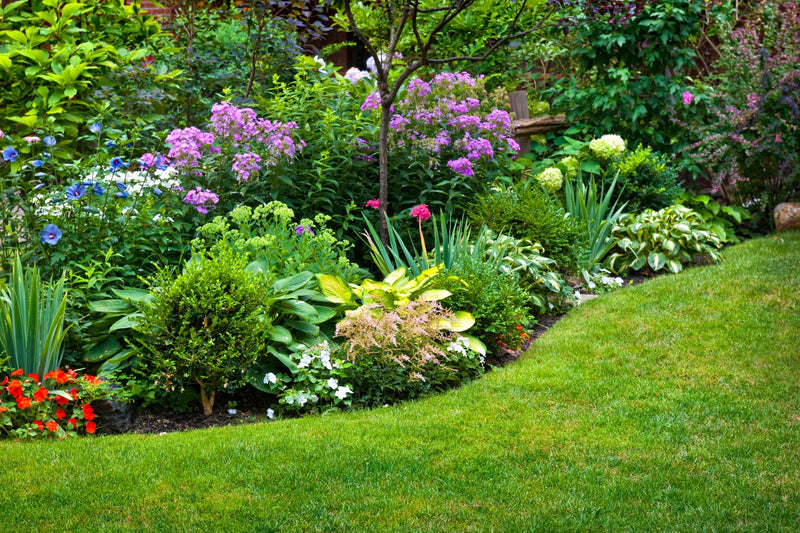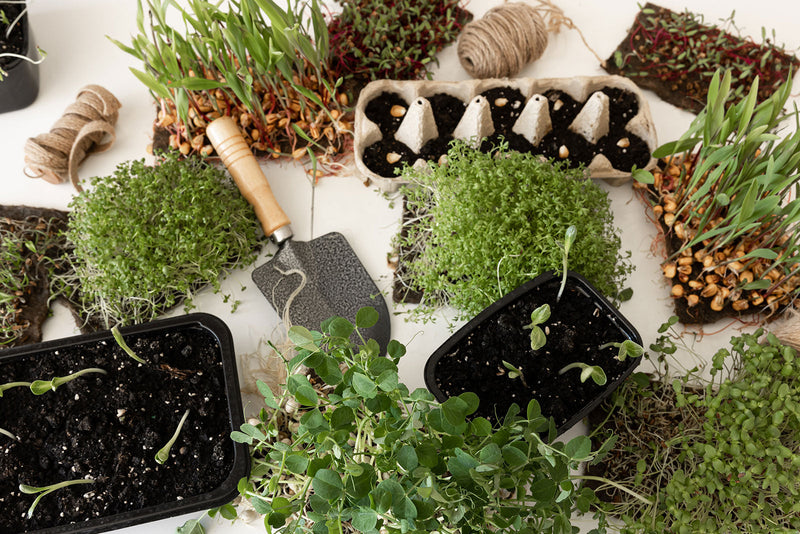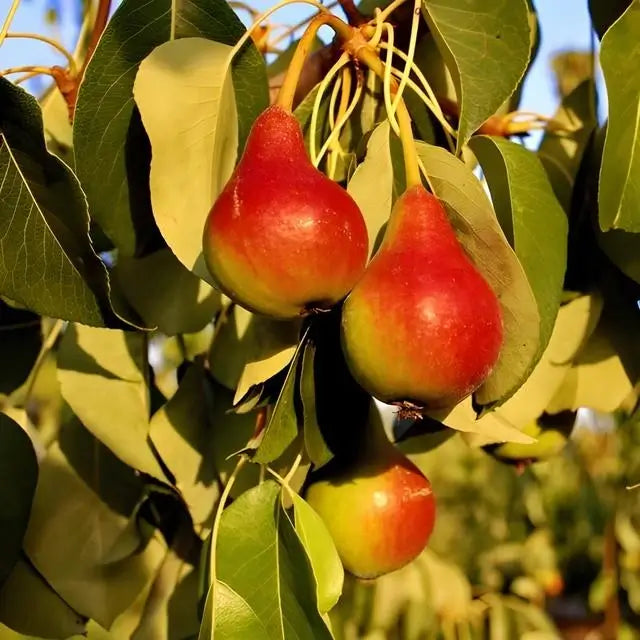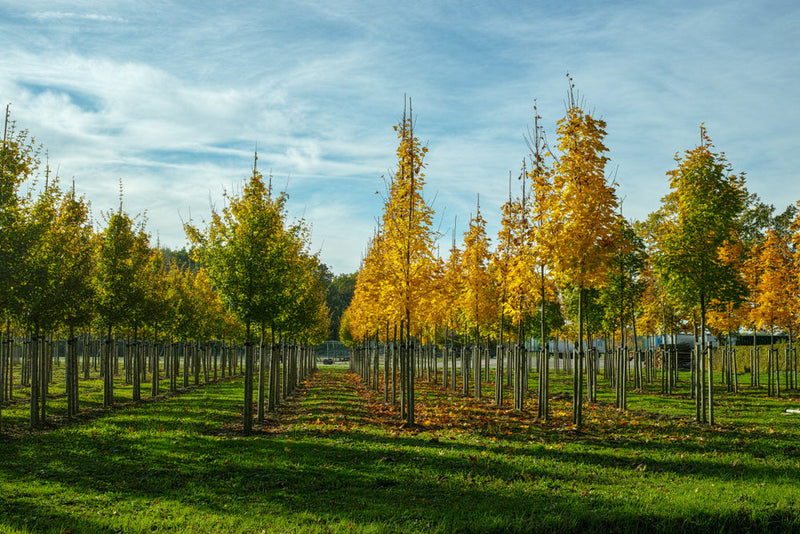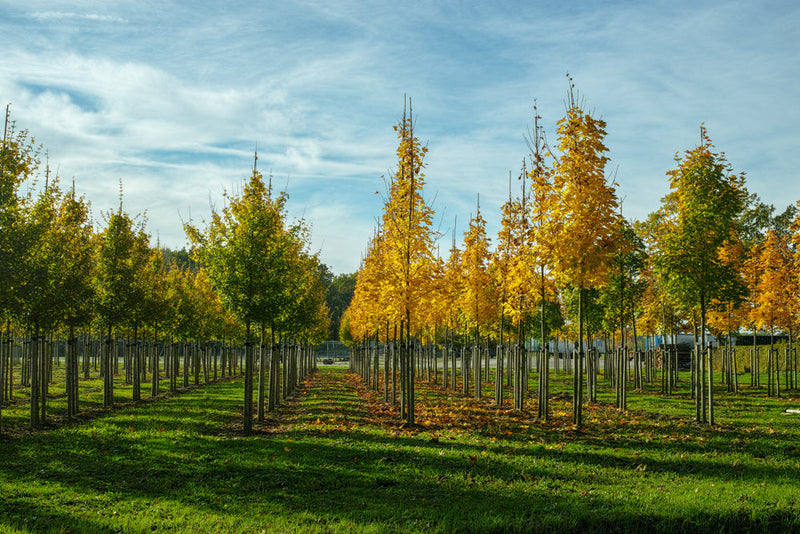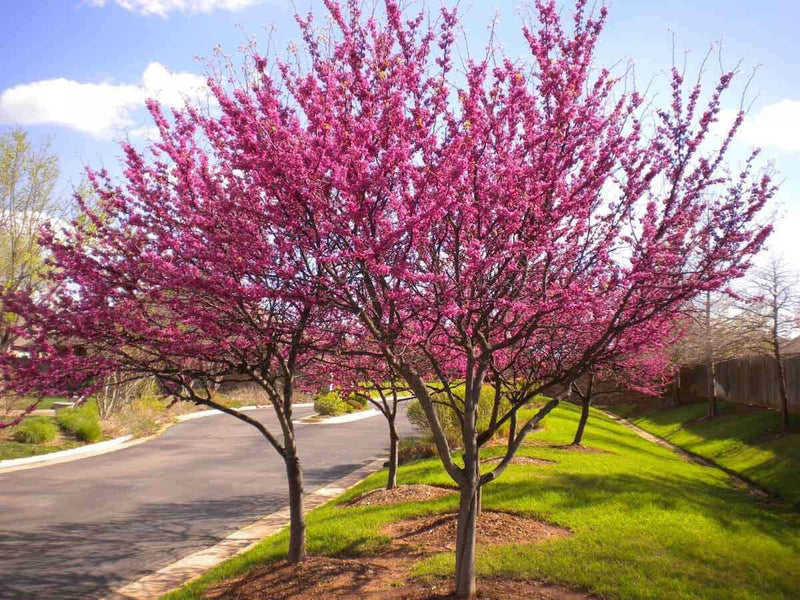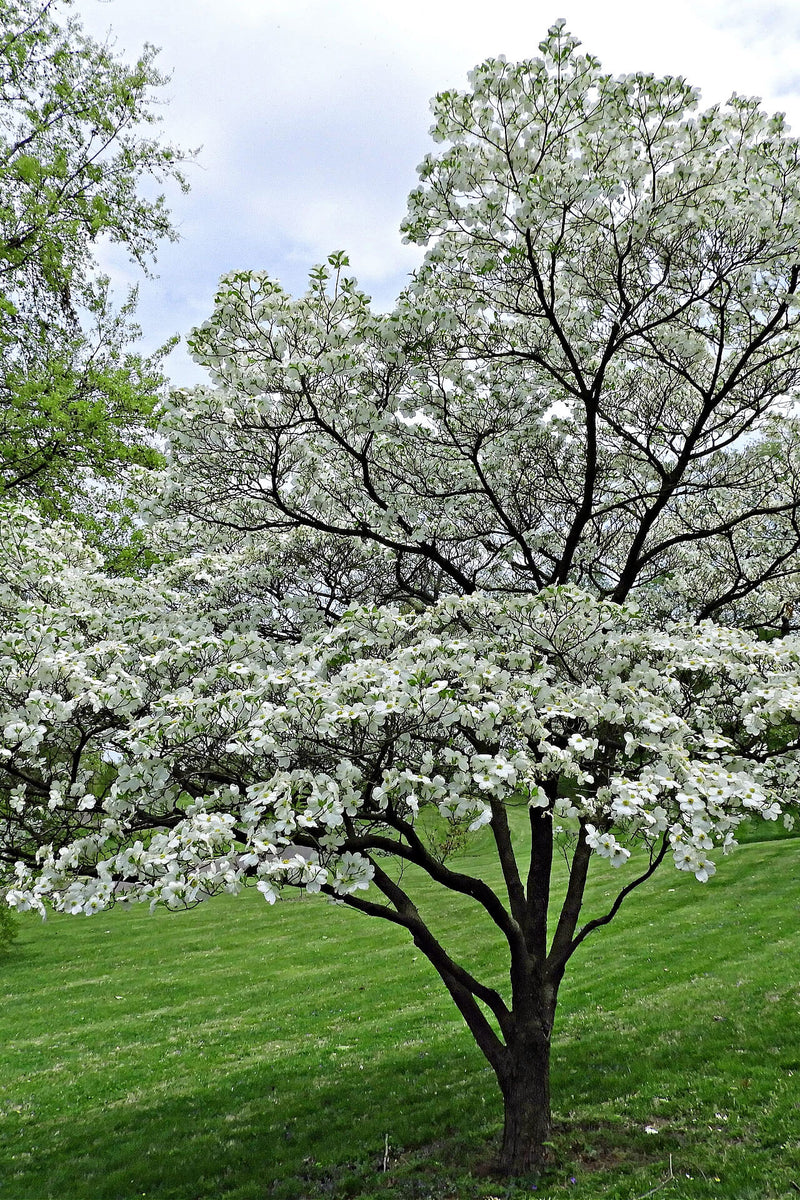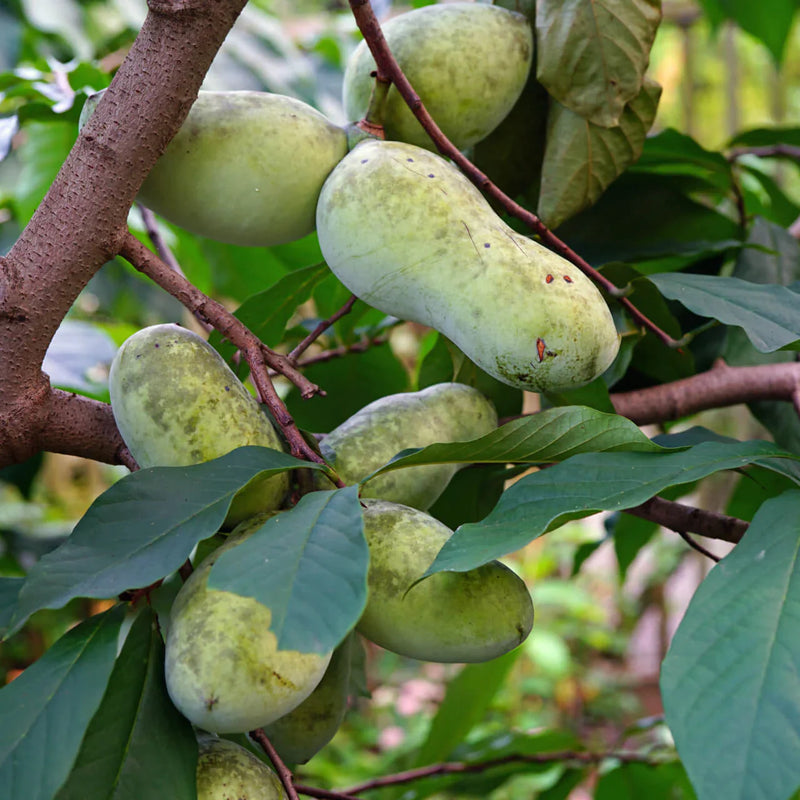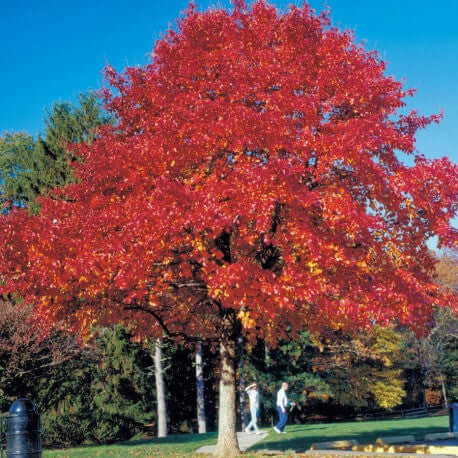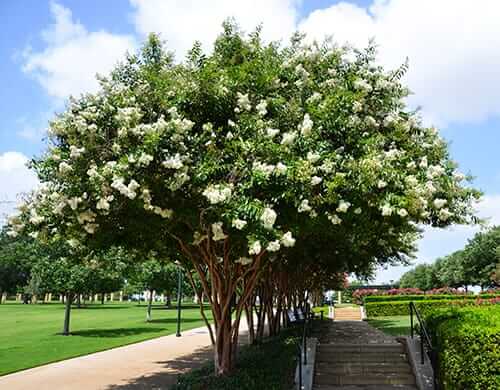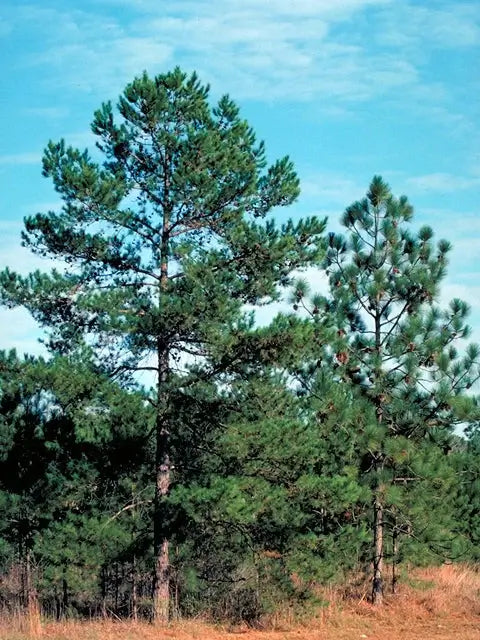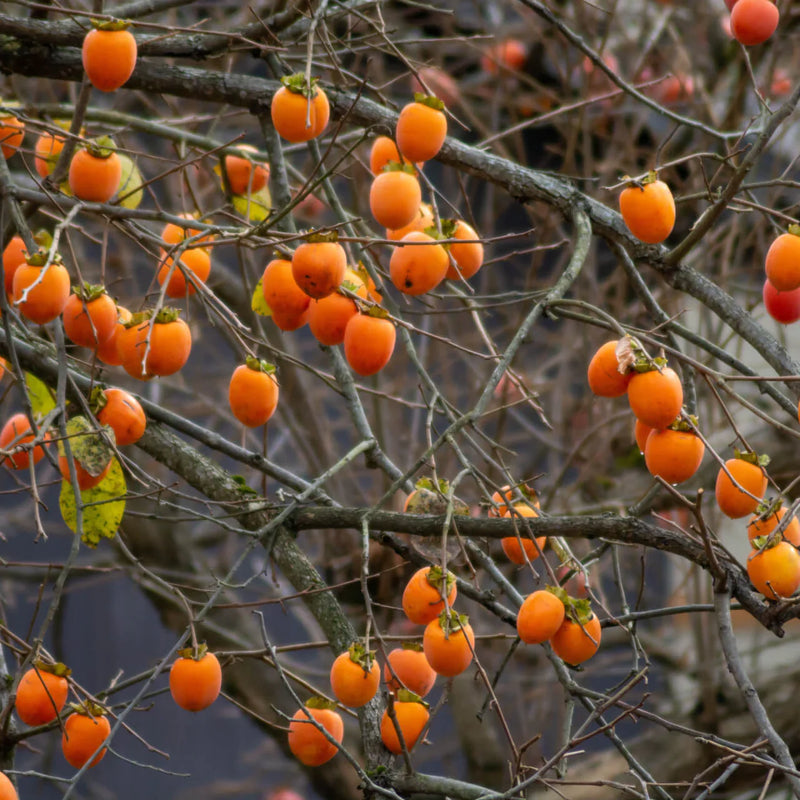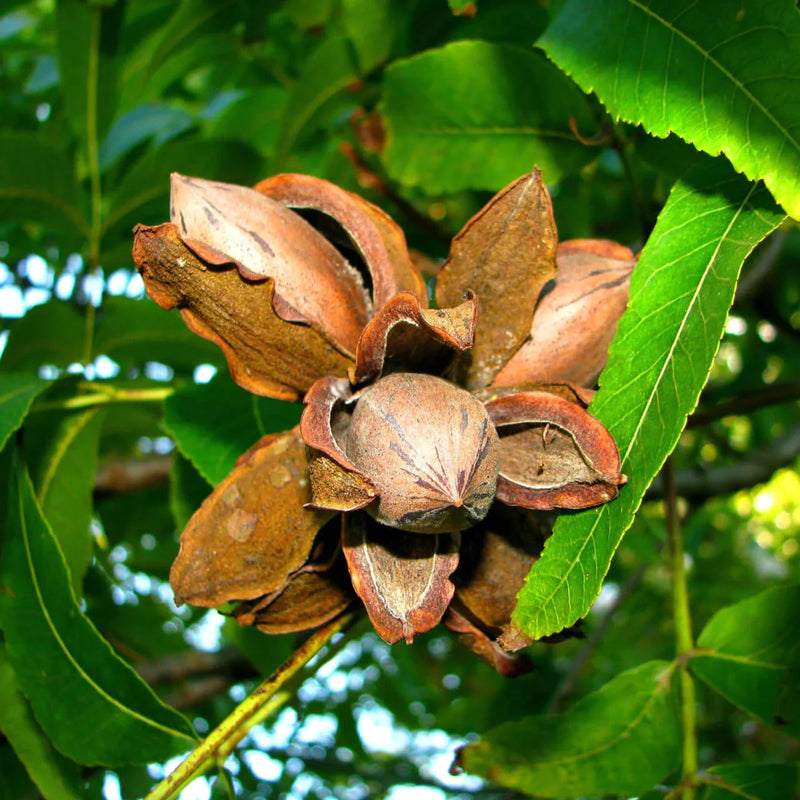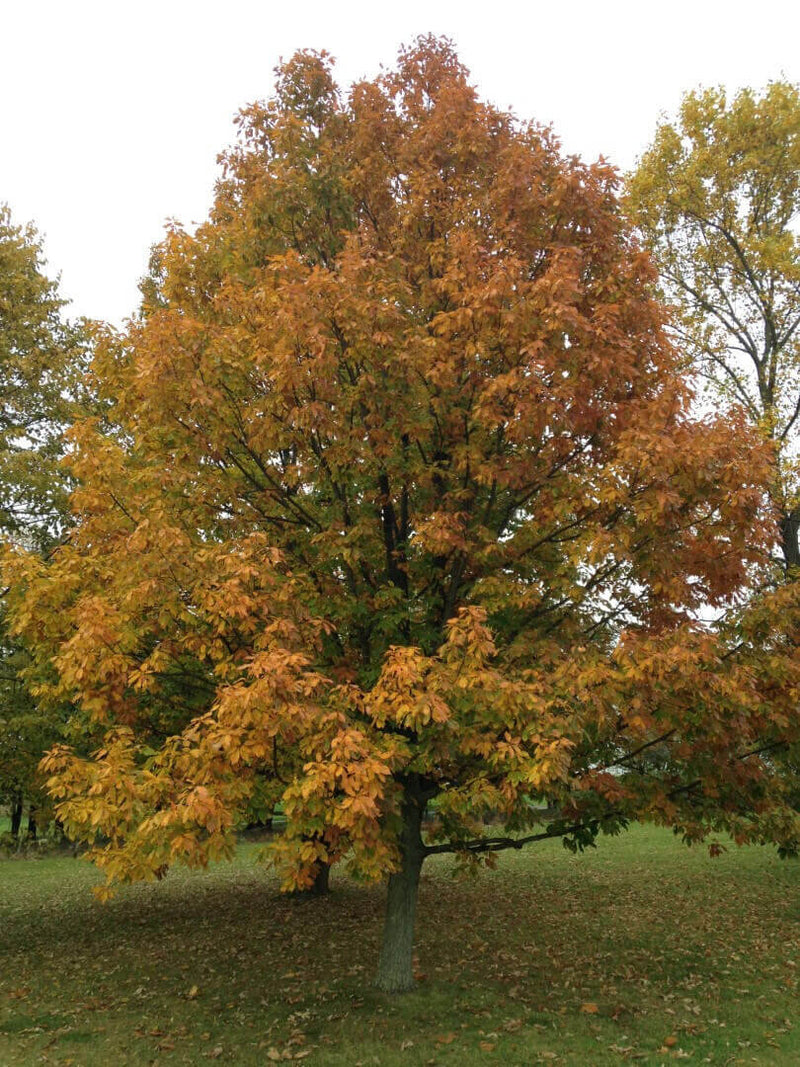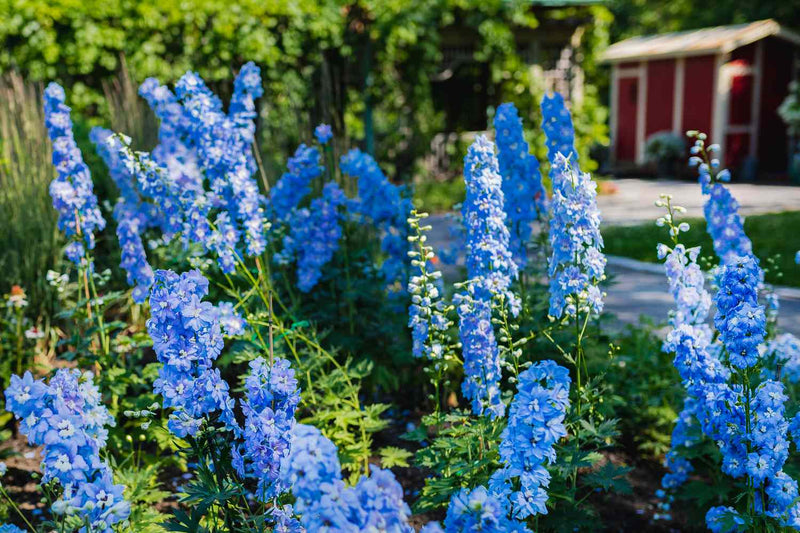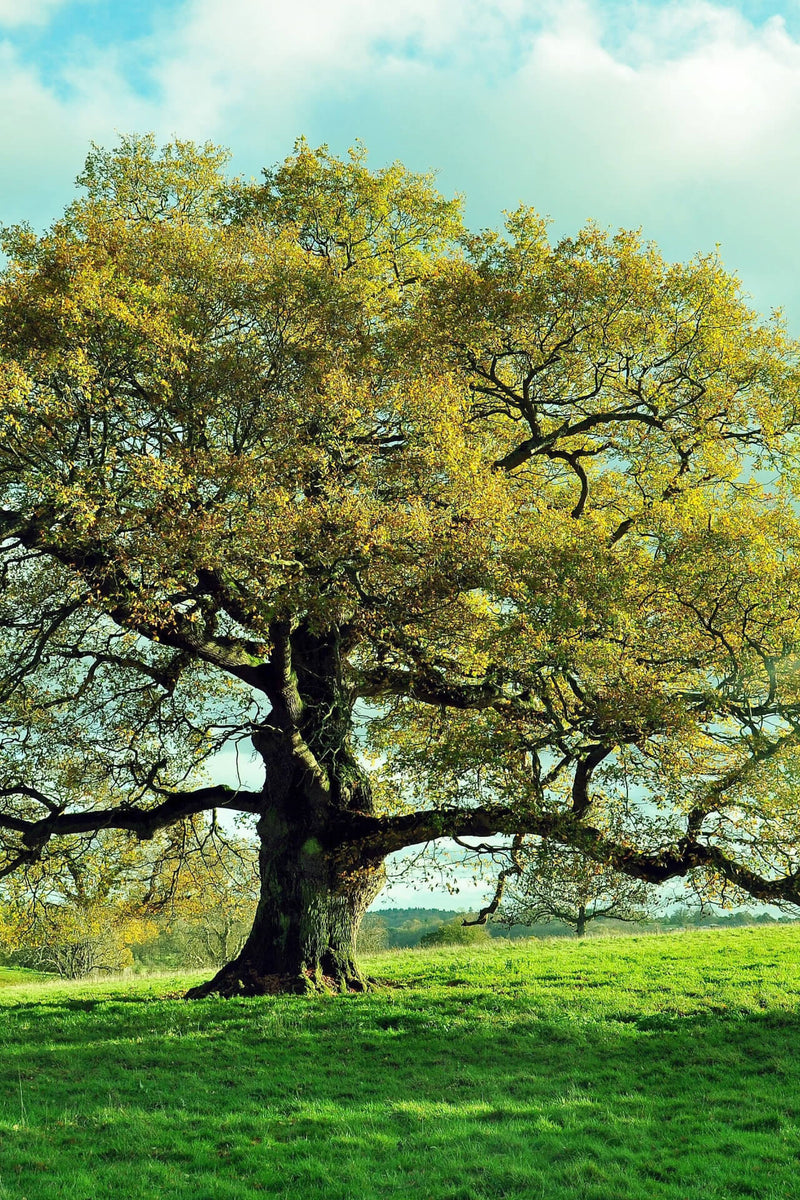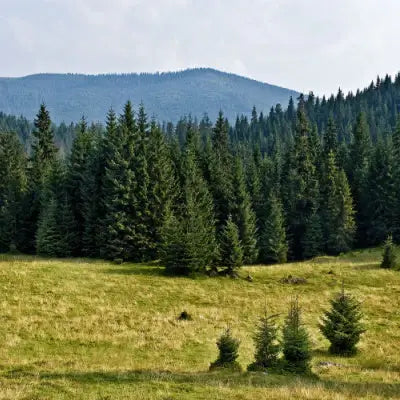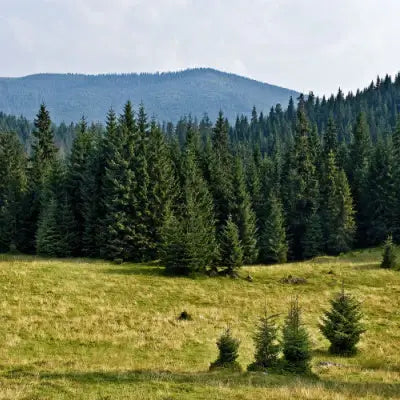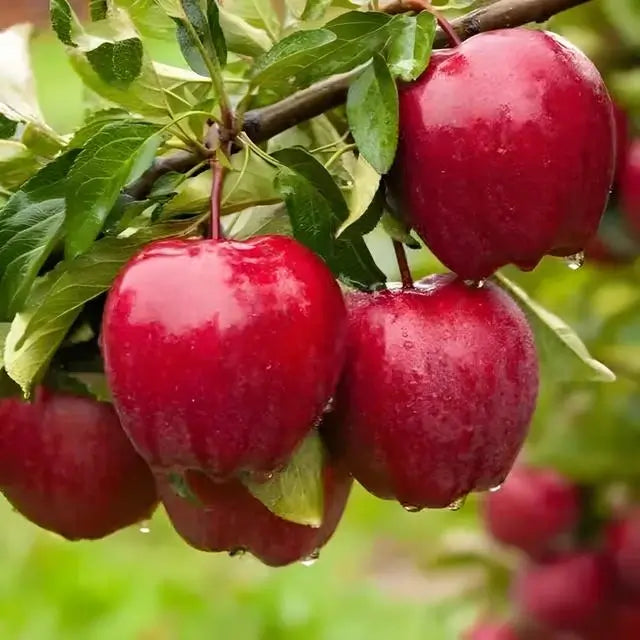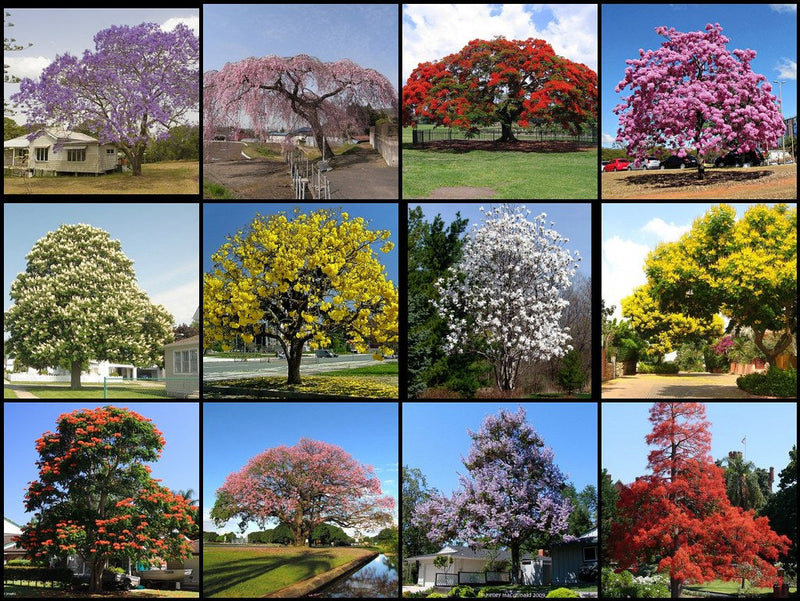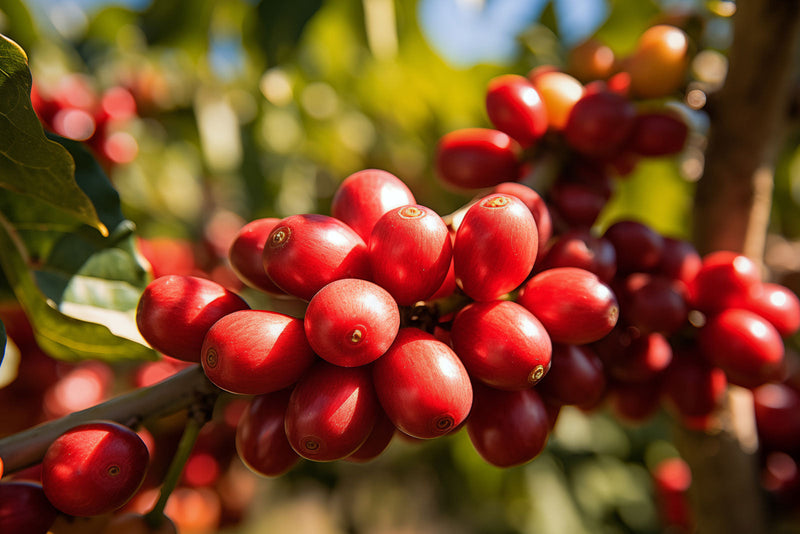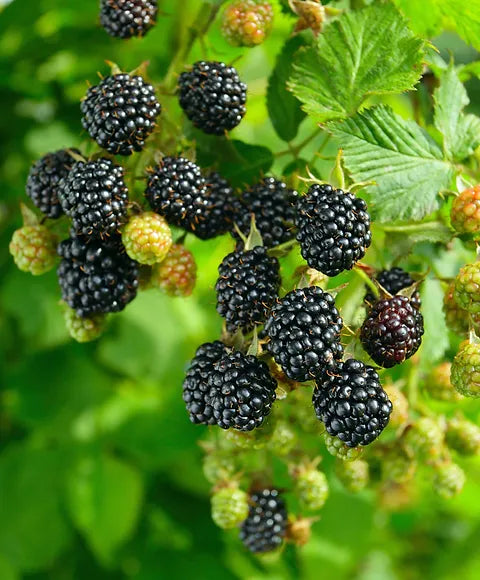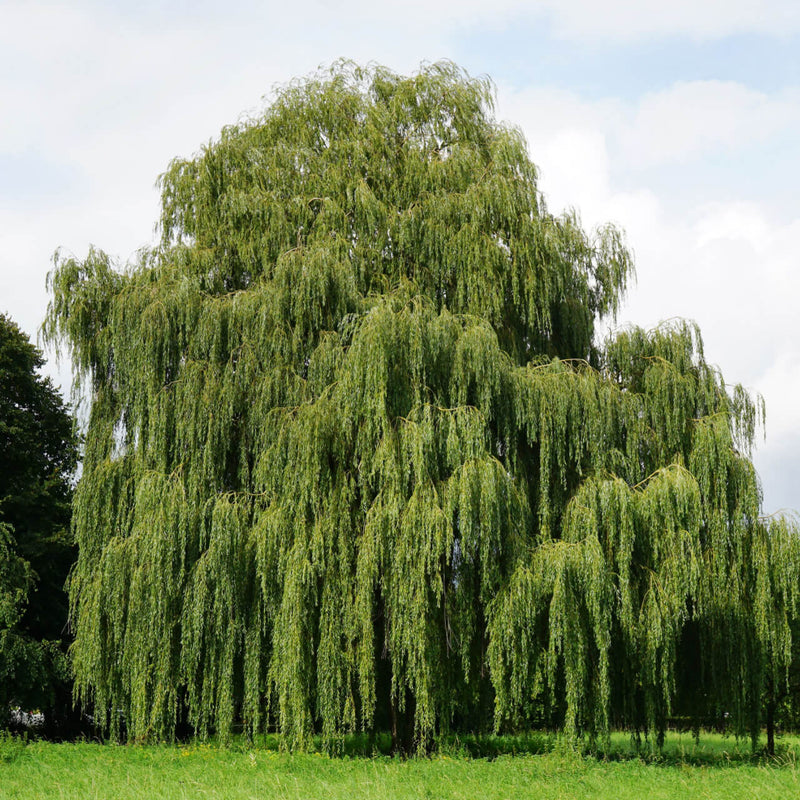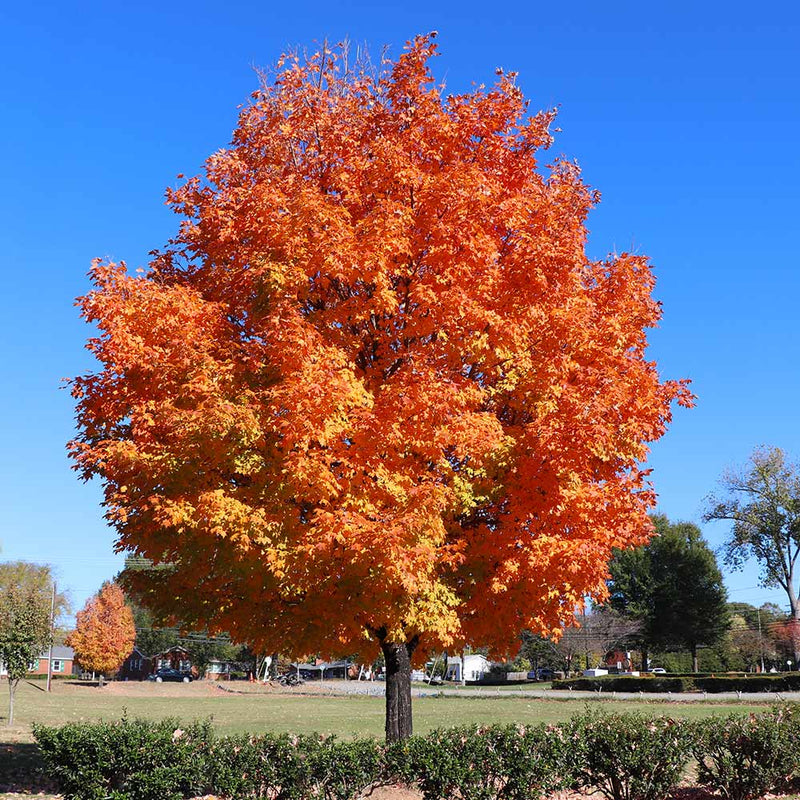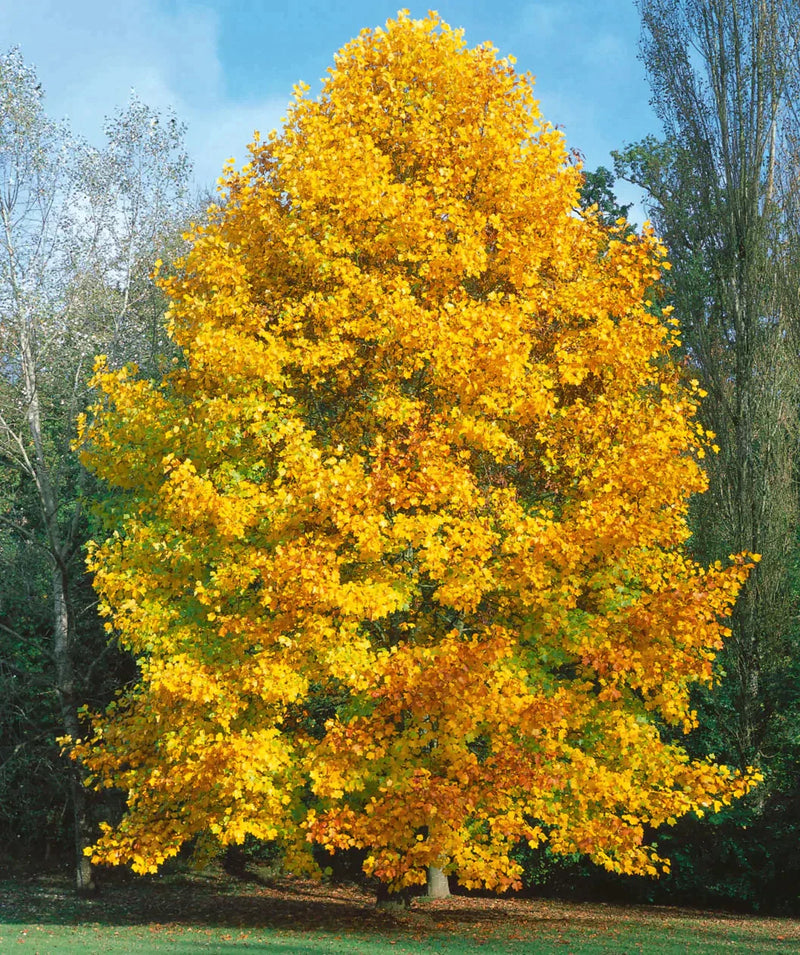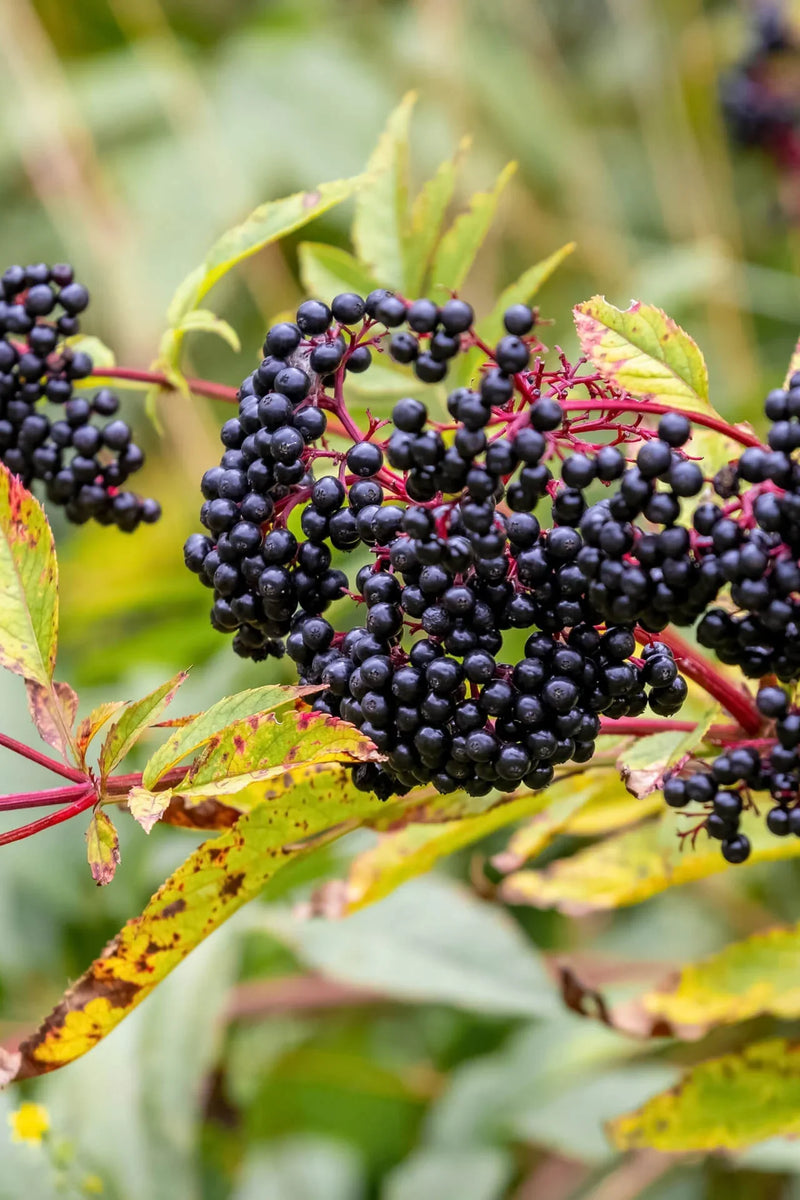Orchard grass can be utilized as hay, pasture, or silage for livestock. It is well-liked by all kinds of animals. With alfalfa and Red Clover, orchard grass is among the most delicate grasses for pastures and hay. In soils where it is well-adapted, Orchard grass' deep root system helps keep it from washing away during heavy rain. This species is employed in grass-legume mixtures for highland game birds and preservation plantings as a nesting, broad-rearing, escape, and winter cover.
Description Of Orchard Grass
It grows to 24-28 inches when watered or in a moister environment. There has been no sign of a vegetative spread. Orchard grass is one of the first species to sprout in the spring and thrives in excellent weather conditions. Due to its extensive root system can also experience robust summer growth when the conditions are right. Each pound of orchard grass has 416,000 seeds.
According to research, Orchard grass thrives at a pH range of 5.8 to 7.0.
Management Of Orchard Grass
Orchard grass should be cut at the boot stage for the initial cutting and then every 4 to 6 weeks, depending on regrowth, in irrigated and higher rainfall locations. Grazing in a circular pattern is the most efficient method for increasing yields, ensuring consistency, and ensuring product quality. Don't overgraze the fields in the spring, but don't under graze them. Make sure the plants recover fast by leaving three- to four-inch stubble in the ground. Late fall grazing should be avoided to avoid depleting root supplies. Orchard grass should be grazed in the second growing season's late summer or fall under dryland conditions. Overgrazing, especially in the seedling year, can cause severe damage to the plants. Use no more than half of the annual growth throughout the growing season and no more than 60% during the winter. As a result, this plant thrives in grazing rotations. Fertility management is the key to a successful orchard grass crop. If you want to increase forage yields in the late spring and summer, fertilizing the stand after the initial cutting or grazing is one option. Soil tests should guide fertilizer application.
Amid vast landscapes, where fields stretch like oceans of green, there lies a quiet elegance in the sway of the orchard grass. Often overlooked amidst the grandeur of towering trees and vibrant blooms, orchard grass possesses its unique charm, weaving a tapestry of beauty across pastoral scenes. Within its slender blades lies a story of resilience, sustenance, and a delicate dance with the elements of nature.
Orchard grass, also known as cocksfoot, is a cool-season, long-lived perennial grass that belongs to the Poaceae family. It is scientifically known as Dactylis glomerata. This grass is native to Eurasia and North Africa but has been introduced to many other parts of the world. It has become popular among farmers, botanists, and poets due to its numerous benefits.

Orchard Grass Is A Hardy Grass
The grass is widely used in agriculture as it is favorably flexible to various soil styles and climates. It can thrive in different soil pH levels, from acidic to alkaline soils, and tolerate drought and flooding. It is a perfect forage crop for livestock, especially cattle, sheep, and horses. Orchard grass is highly palatable, nutritious, and easy to digest, making it an excellent food source for grazing animals.
Apart from its agricultural benefits, orchard grass is essential to natural ecosystems. It has a deep root system that helps prevent soil erosion and improves soil fertility. The grass also provides habitat and food for many wildlife species, such as birds and small mammals.
In addition, orchard grass is a popular ornamental grass widely used in landscaping. Its lush green color and fine-textured leaves make it an appealing complement to gardens, parks, and other urban landscapes. It is often used as a ground cover, lawn substitute, or border plant.
Orchard grass is a versatile, adaptable, and valuable grass species with numerous benefits. Whether you are a farmer, botanist, or just a nature lover, this grass is worth considering.
Orchard Grass Is Graceful
Standing amidst a field of orchard grass, one cannot help but be mesmerized by its rhythmic movement in the gentle breeze. Like waves upon a tranquil sea, the grass sways with a graceful elegance, each blade contributing to a harmonious symphony of motion. It is a dance that speaks of resilience, for despite harsh weather and grazing pressures, orchard grass persists, its roots firmly anchored in the earth.
But beyond its aesthetic allure, orchard grass serves a vital ecological function. As a primary forage grass for livestock, it sustains grazing animals, supporting agricultural economies and nourishing communities. Its dense growth habit prevents soil erosion and acts as a biological filter, purifying water and enhancing overall environmental quality. In this way, orchard grass embodies the fragile equilibrium between human activity and the natural world, offering both beauty and utility in equal measure.
Orchard grass has inspired countless poets, painters, and photographers to capture its quiet splendor in literature and art. From the romantic landscapes of the English countryside to the pastoral scenes of the American Midwest, artists have sought to immortalize the timeless beauty of this humble grass. Its inclusion in religious poetry evokes a sense of nostalgia for simpler times, where the rhythm of life was attuned to the cycles of nature.
Orchard grass is a highly symbolic plant in cultural traditions throughout the world. This particular type of grass has been associated with many meanings and interpretations throughout history. In ancient mythology, grasses were often connected to fertility, growth, and rebirth, symbolizing life's cyclical nature. Similarly, grasses are revered in Japanese culture for their resilience, adaptability, and the fleeting beauty of existence.
Animals Love Orchard Grass
In addition to these symbolic connections, orchard grass has been used for practical purposes. This grass is often used as a forage crop for cattle and other livestock, as it is highly nutritious and easy to digest. It is also sometimes used as an ornamental plant, counting a hint of wild beauty to gardens and landscapes.
Despite its practical uses, orchard grass is most notable for its symbolic significance. It transcends its botanical identity, becoming a powerful metaphor for the human experience and the passage of time. Whether used in ancient mythology or modern-day cultural traditions, orchard grass holds a special place in the hearts and minds of people worldwide.
In the modern era, as concerns about climate change and environmental degradation continue to escalate, orchard grass takes on renewed importance as a tool for sustainable land management. Its deep root system sequesters carbon from the atmosphere, mitigating the impacts of greenhouse gas emissions and combating soil degradation. Additionally, its ability to thrive in diverse ecosystems makes it a valuable asset in restoring degraded lands and promoting biodiversity.
Orchard Grass Helps Save The World
Orchard grass is a valuable grass that plays a vital role in preserving ecological harmony in many regions. However, despite its many virtues, orchard grass faces numerous threats that endanger its survival and the ecosystems it supports. Habitat loss, invasive species, and changing land-use practices are some of the leading factors contributing to the decline of orchard grass populations.
Orchard Grass Is Dying Due To Habitat Loss

As urbanization encroaches upon natural habitats, the delicate balance of ecosystems is disrupted, and native grass species like orchard grass are pushed to the brink of extinction. Furthermore, monoculture agriculture, where a single crop is grown over vast areas, dominates rural landscapes, leading to biodiversity loss and soil quality degradation.
Protection efforts and tolerable land management techniques are essential to safeguard the future of orchard grass and preserve the ecological integrity of regions where it grows. This includes restoring degraded habitats, controlling invasive species, and promoting sustainable agriculture practices that support biodiversity and soil health.
Implementing such actions can help conserve orchard grass and ensure its survival for future generations. This will benefit the grass species and the ecosystems it supports, including the many other plants and creatures that depend on it for survival.
In conclusion, the beauty of orchard grass lies in its aesthetic appeal, ecological significance, and cultural resonance. As a symbol of resilience, sustenance, and harmony with nature, it reminds us of the intricate web of life that sustains our planet. Whether swaying in the breeze of a pastoral landscape or woven into the fabric of human culture, orchard grass is a testament to the enduring power of nature's grace.

